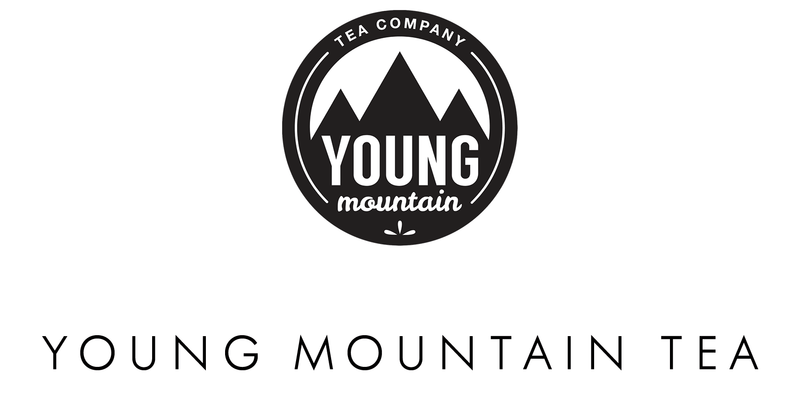"An idea that’s not dangerous isn’t worthy of being called an idea at all.”
~Oscar Wilde

It all began in 2013, when our founder, Raj, was working in the remote, picturesque Himalayan region of Kumaon. Traveling by buses crammed with people and goats, he passed through empty village after empty village, each surrounded by fallow farmland and washed out roads. He learned that the deserted towns were effects of urban migration, a problem shared by villages across the Himalayas. The region’s youth were fleeing to the cities in search of career opportunities, and the once-rich farmland was slowly becoming unstable, triggering landslides during the monsoons.
The remaining villagers were skilled growers, living vibrant lives through subsistence farming. Local farmers were interested in reviving abandoned tea gardens, while the American specialty tea market was simultaneously taking off. With the potential for high-end Indian tea largely untapped, there seemed to be a widening hole in the market that could be filled by smaller growers. And that’s when the idea that would later become Young Mountain Tea was sparked.

Having worked with Kumaon farmers for four years, Raj knew that those who remained in the villages were the torch-bearers of small-scale, sustainable farming practices that had been honed over hundreds of years. He and a local friend who believed in the potential for Kumaon tea, began a tour of the region to explore how they could help support the revival of tea farming there.
They learned that Kumaon had a rich history in tea, and that at one point in the early 1900s, the British had planted the hillsides with tea bushes and installed factories to process the tea leaves. However, Kumaon was far from the trading ports, making it challenging to setup supply lines. As a result, the regions of Darjeeling and Assam, much closer to the British port capital of Kolkata (then called Calcutta), had become the Indian teas of choice. In 2013, Kumaon's tea gardens were now abandoned, having slowly deteriorated into echoes of their former glory. Yet some hillsides were still dotted with 150-year-old tea bushes. It was incredible to see that the resilient plants could survive, even with decades of neglect. But the lack of demand meant the remaining plants were left to grow, untamed.

By studying the Indian tea industry, Raj learned the primary model of tea production today largely mirrors the ones first used by the British in the 1840s. This model, called the “estate” model, places high priority on quantity and efficiency. The estate model also excludes tea farmers from any ownership of the tea gardens. The workers on tea estates depend on the owners for housing, food, healthcare, and other basics for survival. As a result, tea farmers across the country were leaving the industry for better paying jobs in the cities. The issue in Kumaon was not unique, and a solution was needed for the industry as a whole.
It became clear the Indian tea industry was ripe for reinvention. There was space for a new small-scale farmer model where farmers were the owners, and where quality was more important than quantity. To understand how to make world-class teas that could command a high enough price to benefit the growers, we partnered with renowned industry experts—from Rajah Banerjee at Darjeeling’s legendary Makaibari Estate (the world’s first certified organic tea garden), to the Tinjure Cooperative in Nepal (one of the first community-owned tea production facilities on the Indian subcontinent). These progressive leaders have served as mentors for our work in Kumaon and other rural mountain villages, and we’re proud to offer their teas in our collection.

The most exciting moments in our work continue to be those around a cupping table. There’s nothing more thrilling than bringing together rural Himalayan tea makers with international tea tasters, all working towards a common goal of a better tea that empowers more people. That goal continues to motivate and drive our work, and by drinking these teas, you join the journey.
